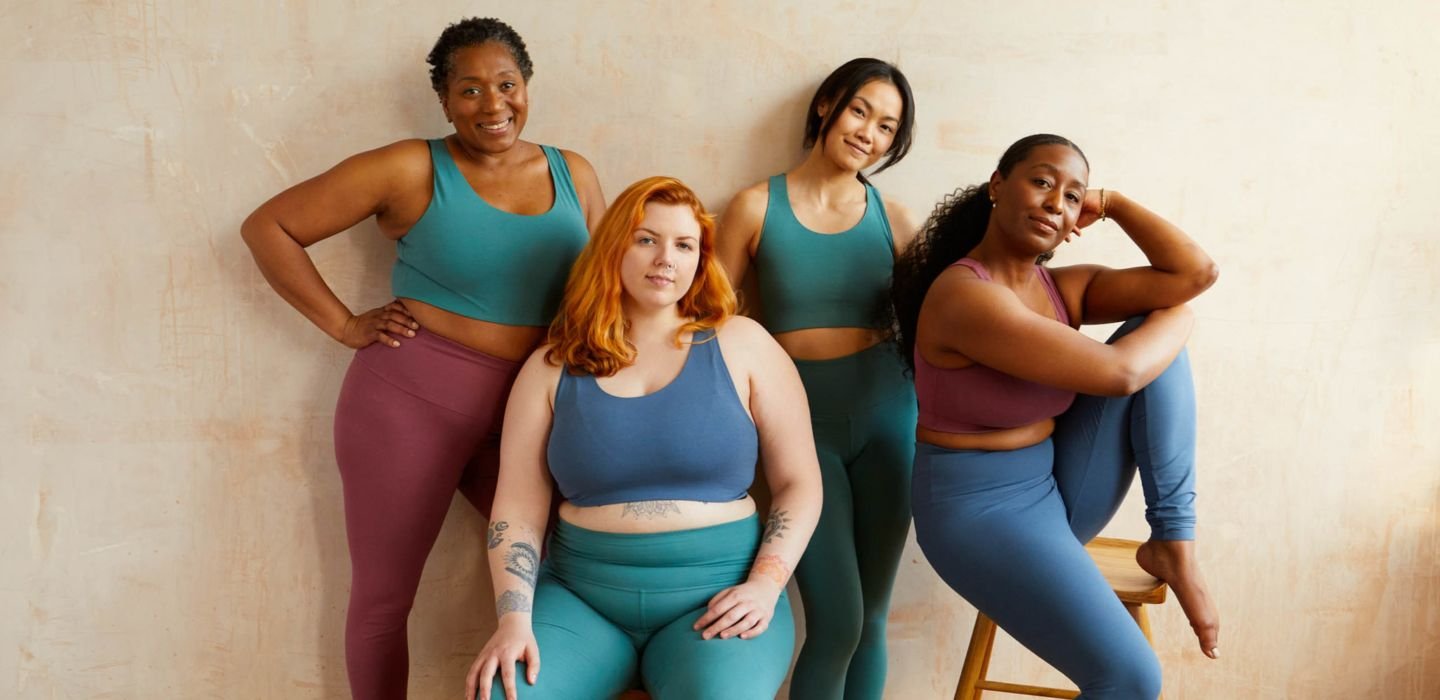Introduction
Shaping garments and body positivity might seem like opposing ideas at first glance, but they can actually work together to help people feel comfortable and confident in their clothes. This article approaches the topic with respect for body diversity and practical guidance for making informed choices about shapewear. Instead of prescribing an ideal body or promising drastic transformations, it focuses on how garments can be tools not requirements for personal comfort, style, and self-expression. Whether someone chooses shaping pieces for posture support, smoothing under a particular outfit, or simply because they enjoy the feel, the important thing is agency: using garments because they help you feel your best, not because you must conform to someone else’s standard. Throughout this guide you’ll find balanced, actionable advice, clear fit tips, and a respectful tone that values wellbeing over fad-driven pressure.
What “Body Positivity” Means When You Consider Shapewear
Body positivity centers on acceptance, respect, and the idea that all bodies deserve dignity yet individuals still make personal styling choices. For some, shapewear can accentuate clothing silhouettes or add gentle support that makes movement and posture more comfortable. For others, it’s unnecessary. The key is approaching shaping garments as optional enhancements rather than corrective necessities. This mindset encourages consumers to evaluate why they want a garment: is it to meet external expectations, or to solve a real, personal need (like smoothing a seam, preventing chafing, or improving confidence for an important event)? When chosen consciously, shapewear can coexist with body-positive values because the decision is driven by self-care and preference. Advice: try pieces for short periods first, prioritize comfort and breathability, and avoid framing shapewear as a requirement for self-worth. This keeps the focus on empowerment and choice rather than pressure.
Practical Fit and Fabric Tips
Comfort and correct sizing are essential when selecting shaping garments. Ill-fitting shapewear can pinch, roll, or restrict breathing which undermines both comfort and confidence. Prioritize breathable, stretchable fabrics and look for features such as flat seams, adjustable straps, and reinforced panels placed where you want smoothing or support. When trying on pieces, simulate a typical day: sit, bend, and move to ensure the garment stays in place and doesn’t dig in. Size down only if the brand specifically recommends it and you remain comfortable; many brands size differently, so consult size charts and return policies. Also consider garment length shorts vs. briefs vs. bodysuits depending on outfit needs. Proper care extends lifespan: wash gently, air dry, and avoid fabric softeners that damage elastic fibers. Thoughtful choices and correct care make shapewear an unobtrusive, confidence-supporting layer rather than a painful compromise.
Styling, Health, and When to Seek Professional Advice
Styling shapewear is about integrating it naturally into a wardrobe, not hiding behind it. Choose pieces that complement the outfit’s fabric and silhouette a low-back dress calls for backless solutions; lightweight fabrics benefit from seamless styles. For posture or medical-related support needs (e.g., after certain surgeries or with chronic back issues), consult a certified health professional or a licensed fitter; some medical-grade compression garments differ significantly from fashion shapewear. Pay attention to comfort signals: persistent numbness, tingling, digestive discomfort, or breathing difficulty are signs to stop wearing a garment and seek guidance. For everyday use, alternate between shaping and non-shaping garments so your body isn’t constantly constrained. Emphasizing safe use preserves both physical wellbeing and the positive mental association with dressing for confidence.
Conclusion
Shaping garments do not have to conflict with body positivity when chosen and worn intentionally. The goal should always be personal agency: selecting pieces that genuinely improve comfort, style, or self-assurance rather than conforming to external imperatives. Prioritize fit, breathable fabrics, and mindful usage; seek professional guidance when medical concerns arise. Ultimately, clothing and shapewear are tools for self-expression the healthiest approach places your comfort and autonomy first. Wear what makes you feel good, but remember that confidence is a practice rooted in acceptance, not in covering or correcting perceived flaws.
FAQs
- Are shaping garments safe for everyday wear?
Many shaping garments are safe when correctly sized and worn for reasonable durations. Choose breathable materials, avoid excessive compression, and listen to your body. If you experience pain, numbness, or breathing difficulty, stop wearing the garment and consult a healthcare professional. - How do I choose the right size if brands differ?
Use each brand’s size chart, measure yourself, and read fit notes and reviews. When in doubt, opt for a brand with a flexible return policy and test the garment at home with movements you’d normally do while wearing it. - Can shapewear help with posture?
Some garments provide gentle support that can encourage a more upright stance, but they are not a substitute for core-strengthening exercises or professional medical devices when posture issues are medical in nature. For persistent posture concerns, consult a physiotherapist.
